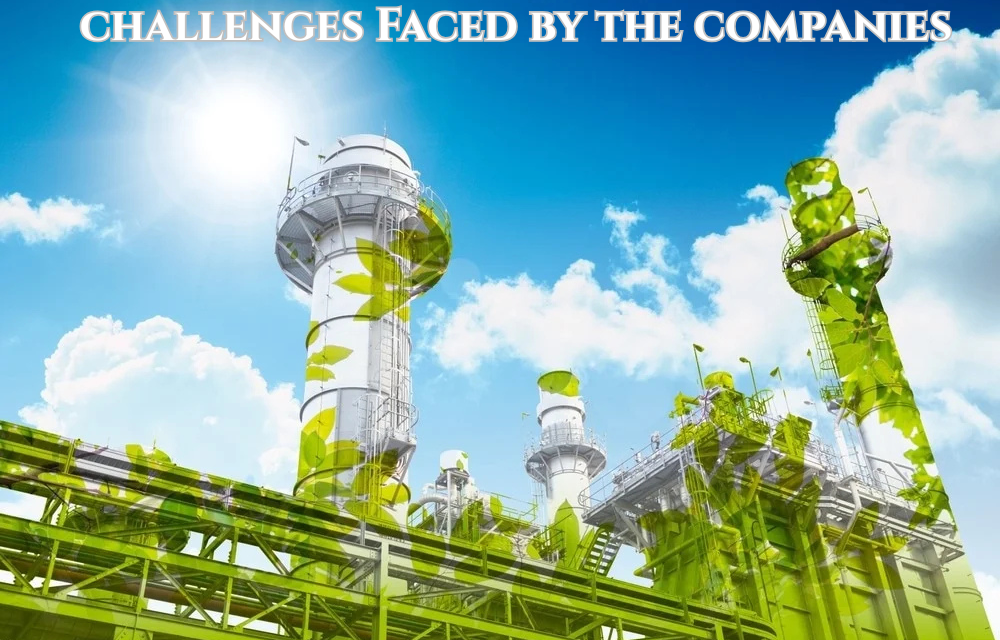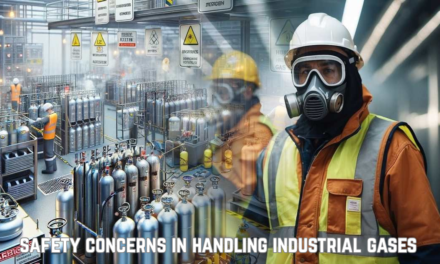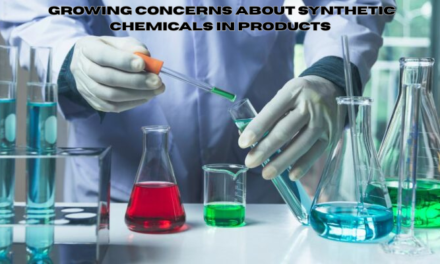Transitioning to green chemicals presents significant challenges for companies, despite the growing demand for sustainability and regulatory compliance. These challenges span technical, economic, regulatory, and consumer-related aspects. Below is a detailed exploration of the obstacles companies face:
1. High Costs of Development and Production
- Research and Development (R&D):
- Developing green chemicals often requires substantial investment in R&D to discover, optimize, and scale new processes.
- Challenge:
- High initial costs compared to conventional chemical development.
- Production Costs:
- Bio-based and renewable feedstocks are often more expensive than fossil fuel-derived materials.
- Challenge:
- Competing with established petrochemical supply chains with lower costs and higher economies of scale.
2. Limited Infrastructure for Green Chemistry
- Supply Chain Limitations:
- Inadequate infrastructure for sourcing, transporting, and processing renewable feedstocks.
- Challenge:
- Dependence on agricultural or waste-based supply chains that may be region-specific and weather-dependent.
- Manufacturing Adaptation:
- Existing facilities are optimized for traditional chemicals, making retrofitting for green chemical production costly and complex.
3. Scalability Issues
- Small-Scale Production:
- Many green chemicals are still produced on a small scale, limiting their availability and increasing costs.
- Challenge:
- Achieving economies of scale is difficult without significant upfront investment and market demand.
4. Performance and Compatibility
- Technical Limitations:
- Green chemicals may not always match the performance of traditional chemicals in specific applications.
- Challenge:
- Ensuring that green chemicals meet the required standards of durability, efficacy, and stability.
- Compatibility Issues:
- Green chemicals may require re-engineering of existing products or processes, which can deter adoption.
5. Regulatory and Certification Complexities
- Diverse Standards:
- Lack of harmonized global standards for green and sustainable chemicals.
- Challenge:
- Navigating complex regulatory frameworks across different regions.
- Certification Processes:
- Obtaining certifications like EPA Safer Choice, EU Ecolabel, or Cradle to Cradle can be time-consuming and costly.
6. Consumer Perception and Market Demand
- Skepticism:
- Consumers may doubt the performance or authenticity of green products.
- Challenge:
- Educating consumers about the benefits and capabilities of green chemicals.
- Price Sensitivity:
- Green products are often priced higher, which can deter cost-sensitive consumers.
7. Competition from Established Petrochemicals
- Market Dominance:
- Traditional chemicals benefit from well-established markets, supply chains, and economies of scale.
- Challenge:
- Green chemicals must compete with the entrenched petrochemical industry, which has lower costs and greater capacity.
8. Raw Material Supply Issues
- Feedstock Availability:
- Renewable feedstocks like agricultural waste or algae can be seasonally or regionally limited.
- Challenge:
- Ensuring a consistent and scalable supply of bio-based inputs.
- Land Use Conflicts:
- Sourcing feedstocks like sugarcane or corn may compete with food production, raising ethical concerns.
9. Technological Barriers
- Process Efficiency:
- Many green chemical production processes are less efficient than traditional methods.
- Challenge:
- Reducing energy and resource requirements in bio-based or green chemistry production.
- Innovation Gaps:
- Need for breakthroughs in areas like enzymatic catalysis or bio-refineries to make green chemical production viable.
10. Uncertainty in Regulations and Policies
- Evolving Standards:
- Regulatory requirements for green chemicals are still evolving, creating uncertainty for companies.
- Challenge:
- Aligning long-term investments with shifting policies and standards.
- Lack of Incentives:
- Insufficient government incentives to offset the costs of transitioning to green chemicals.
11. Lifecycle Assessments and Sustainability Metrics
- Complexity of Measuring Impact:
- Comprehensive lifecycle assessments (LCAs) are required to prove the environmental benefits of green chemicals.
- Challenge:
- Conducting LCAs is complex, resource-intensive, and often lacks standardized methodologies.
- Unintended Consequences:
- Green chemicals may inadvertently create new environmental or social issues, such as high water use or land degradation.
12. Talent and Expertise
- Skill Gaps:
- A shortage of chemists and engineers trained in green chemistry principles.
- Challenge:
- Recruiting and training talent with expertise in sustainable chemical production.
13. Transition Risks for Existing Assets
- Stranded Assets:
- Existing facilities and infrastructure for traditional chemicals may become obsolete during the transition.
- Challenge:
- Managing the financial impact of retiring or retrofitting old assets.
Opportunities to Overcome Challenges
- Collaborations:
- Partnerships between academia, industry, and governments to drive innovation and share costs.
- Investment in R&D:
- Increased funding for developing cost-effective green technologies and processes.
- Consumer Education:
- Campaigns to raise awareness about the benefits of green chemicals and eco-friendly products.
- Regulatory Support:
- Policies that incentivize green chemistry adoption, such as tax breaks or subsidies.
- Technology Advancements:
- Leveraging AI, machine learning, and biotechnology to optimize green chemical production.
- Circular Economy Integration:
- Designing chemicals for recyclability and reuse to enhance resource efficiency.
Conclusion
While transitioning to green chemicals is essential for sustainability, it comes with significant challenges. Companies must navigate technical, economic, and regulatory hurdles while meeting performance and consumer expectations. However, with advancements in technology, supportive policies, and increasing market demand, these challenges can be mitigated, paving the way for a more sustainable and competitive chemical industry.
Hashtags
#GreenChemicalChallenges #TransitionToGreenChemicals #SustainabilityChallenges #ChemicalTransition #ChallengesInSustainability #EconomicAndFinancialBarriers #CostOfSustainability #GreenChemicalsCost #InvestmentInSustainability #HighCostOfInnovation #TechnologicalAndInnovationHurdles #InnovationChallenges #TechInGreenChemicals #GreenChemistryInnovation #R&DBarriers #SustainableTechDevelopment #SupplyChainAndRawMaterials #SustainableSupplyChain #RawMaterialChallenges #GreenMaterialSourcing #SustainableFeedstocks #RegulatoryAndPolicyIssues #RegulatoryBarriers

















